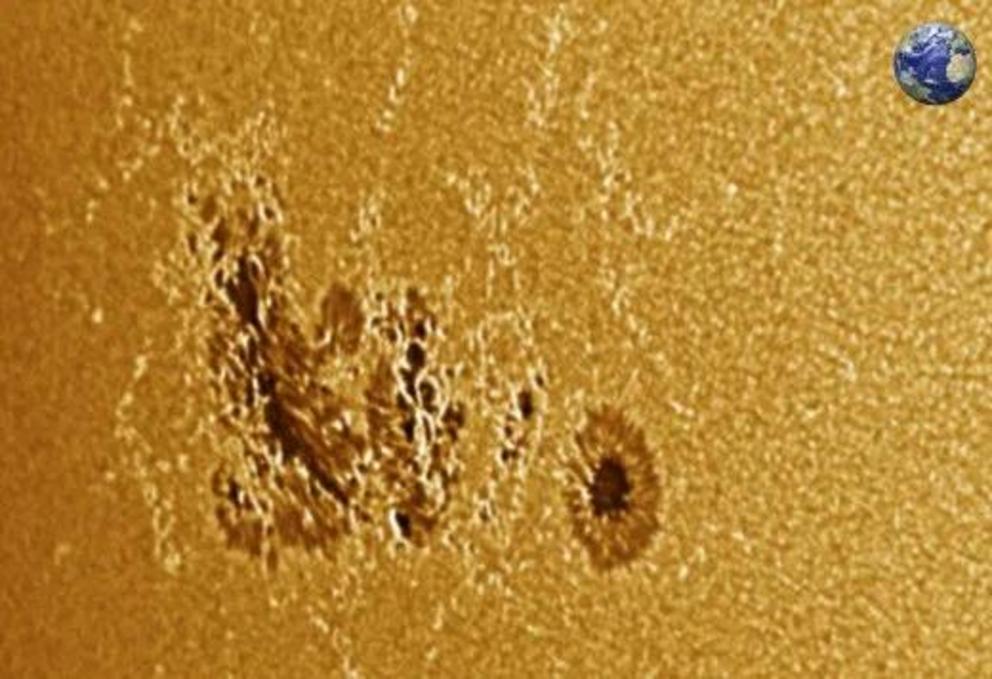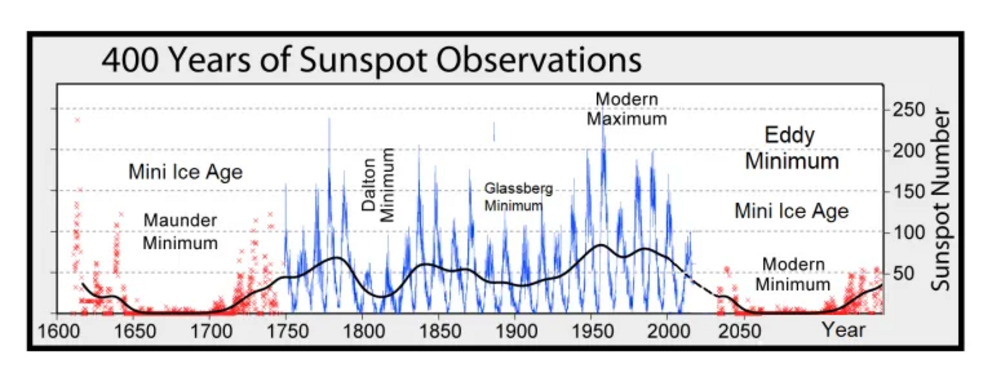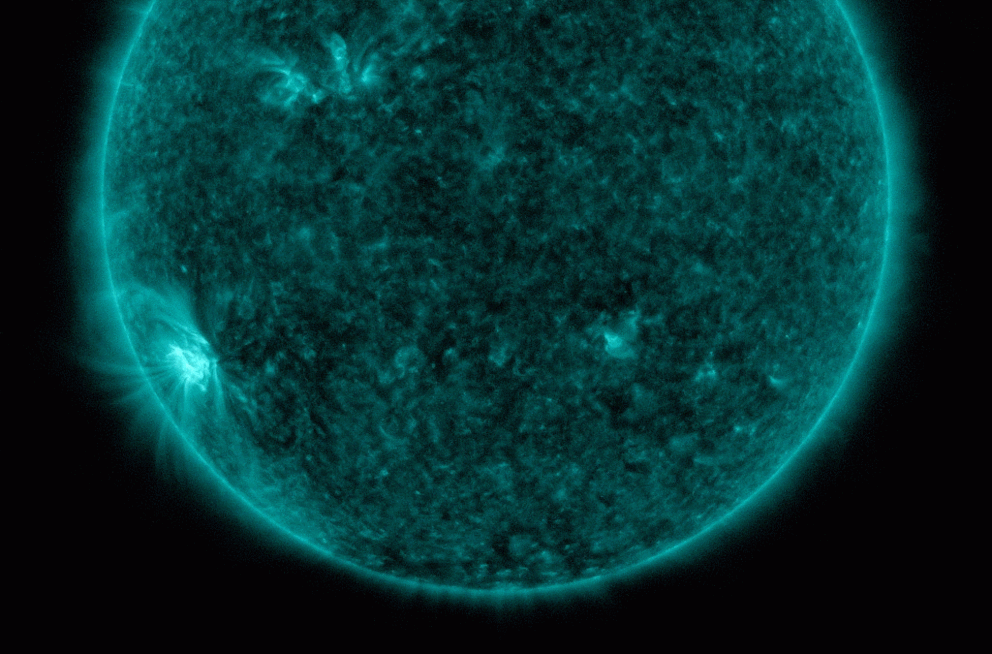Giant sunspot ‘AR2781’ is crackling with solar flares
Giant sunspot AR2781 is crackling with solar flares, writes Dr Tony Phillips over at spaceweather.com.
The strongest so far, a C7-class explosion at 00:22 UT on Nov. 5, lit up the sunspot’s magnetic canopy for nearly an hour. NASA’s Solar Dynamics Observatory captured the extreme ultraviolet (UV) flash:
X-rays and UV radiation from the flare ionized the top of Earth’s atmosphere, causing a brief low-frequency radio blackout over the Pacific Ocean and Australia (blackout map). Mariners and ham radio operators in the region might have noticed signals fading, especially at frequencies below 10 MHz.
AR2781 has nearly doubled in size since yesterday.
With a primary dark core more than 3 times wider than Earth, the sunspot is an easy target for amateur telescopes.
Shahrin Ahmad took this picture in Kuala Lumpur, Malaysia:

“Here is this morning’s view of THAT sunspot AR2781,” says Ahmad.
“Even though it is not yet directly facing Earth, we can feel the size is gigantic!”
A grid-down scenario is coming to a town near you–it’s just a matter of when, not if. The likely time frame is during the ramp up of Solar Cycle 25, when the Sun is most capable of hurling a civilization-resetting solar flare/coronal mass ejection in our direction. The highest level of threat falls between now and around 2025 (possibly later), when solar activity is increasing while Earth’s magnetosphere is waning–the latter is due to two independently occurring phenomenons, a GSM and a Magnetic Pole Shift.
Along with the lights going out, the COLD TIMES are also returning, the mid-latitudes are REFREEZING, in line with historically low solar activity, cloud-nucleating Cosmic Rays, and a meridional jet stream flow.
Both NOAA and NASA appear to agree, if you read between the lines, with NOAA saying we’re entering a ‘full-blown’ Grand Solar Minimum in the late-2020s, and NASA seeing this upcoming solar cycle (25) as “the weakest of the past 200 years”, with the agency correlating previous solar shutdowns to prolonged periods of global cooling here.
Furthermore, we can’t ignore the slew of new scientific papers stating the immense impact The Beaufort Gyre could have on the Gulf Stream, and therefore the climate overall.


Prepare accordingly— learn the facts, relocate if need be, and grow your own.
For the rest of this article please go to source link below.

